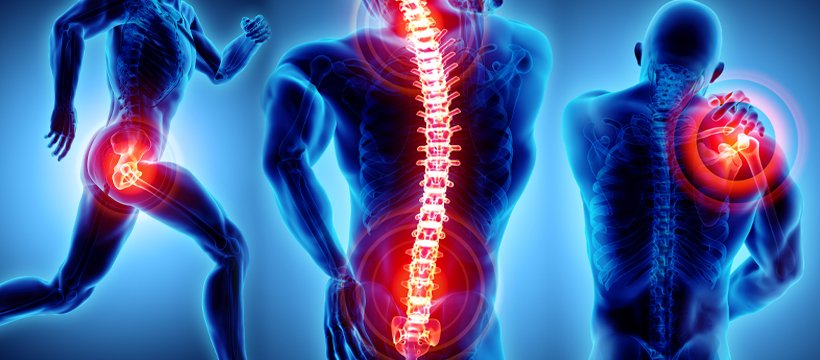Why your body needs to compensate and how it might cause problems down the line
Imagine you didn’t feel pain and you did not reflexively compensate to protect a vulnerable part of your body.
The medical term for people that do not experience physical pain is called congenital insensitivity to pain(CIP), the prognosis is not very good since most people who suffer from the disease do not live past the age of 25 years old(1).
When you experience damage to a particular body part and are completely oblivious to it then you lose the ability to protect that area of your body. Your body wouldn’t compensate to protect the injured limb without the sensation of pain. If you don’t compensate then you risk further harm to an already compromised tissue.
If there is a traumatic episode that occurs, your natural instinct is to offload that area. We make offloading the area so desirable that loading the area is usually NOT tolerable. You’ll experience sharp pains that take your breath away or really uncomfortable sensations that you won’t be able to tolerate for an extended period of time.
That means if you have the ability to feel pain then you likely possess the ability to compensate.
Compensation is not a bad thing, it’s a strategy put into place during acute(fresh) injury situations in order to protect you. It might cause problems in the future when the body part that was being protected is not adequately reintroduced to tolerate stress. This is where good rehab strategies take place but often times we are told to rest, put some heat or ice, stretch it, and do gentle exercises.
What happens over time? We learn strategies to manage the lack of capacity and weakness in that given area. The scientific term for that is stress shielding, we protect that area from stress so we create movement patterns that distribute the stress to healthier tissue(2-5).
It originated in orthopedics when studies started to show that certain implants for joint replacements began to take MORE stress than the actual bone which caused the actual bone to display degenerative changes over time due to lack of load(2).
We have seen the same thing happen in the rehabilitation world where healthy tendon tissues will take up the majority of the strain when there is tendinopathy present(3-5). Over time, we never get to efficiently rehab these injuries because the stress is never induced to the area of the injury but the surrounding tissue(3-5).
*There are new strategies in place now to effectively rehab tendinopathy injuries which will be a post for another time.*
So, how does this cause problems down the line?
We start to create movement strategies that offload this area and over time this can lead to a lack of movement strategies. A lack of strategies means the stress is placed on the same areas which is inefficient(6).
This is very common and well documented in ACL research where a hip-dominant strategy is taken as opposed to a knee dominant one in order to offload the surgically repaired tissue(7).
The solution?
Make sure that there is an acceptable amount or absence of asymmetry in the range of motion, strength potential, and gradual progression back to your desired goals.
Too often we see people with a lack of variability in their movement strategies because they never rehabbed previous injuries well and this often places MORE stress on surrounding tissues which can potentially cause an overload issue down the line.
If you feel like you may be dealing with issues related to previous injuries and would like to speak with one of our physical therapists, you can schedule a complimentary discovery call here.
Citations:
1.) Nagasako, E. M., Oaklander, A. L., & Dworkin, R. H. (2003). Congenital insensitivity to pain: An update. Pain, 101(3), 213–219. https://doi.org/10.1016/s0304-3959(02)00482-7
2.) Sumner, D. R. (2015). Long-term implant fixation and stress-shielding in total hip replacement. Journal of Biomechanics, 48(5), 797–800. https://doi.org/10.1016/j.jbiomech.2014.12.021

